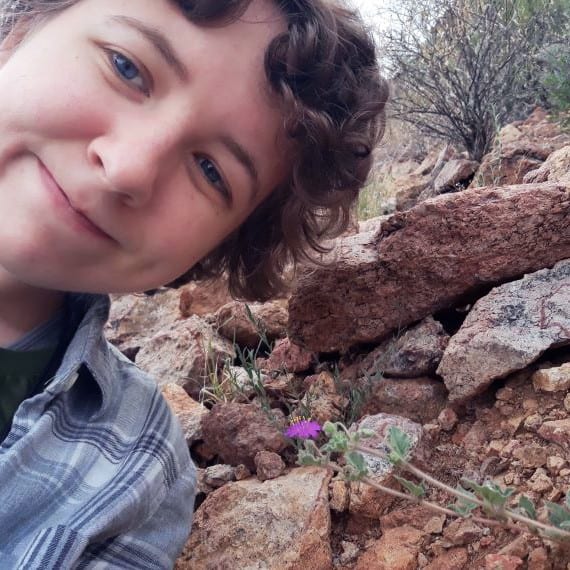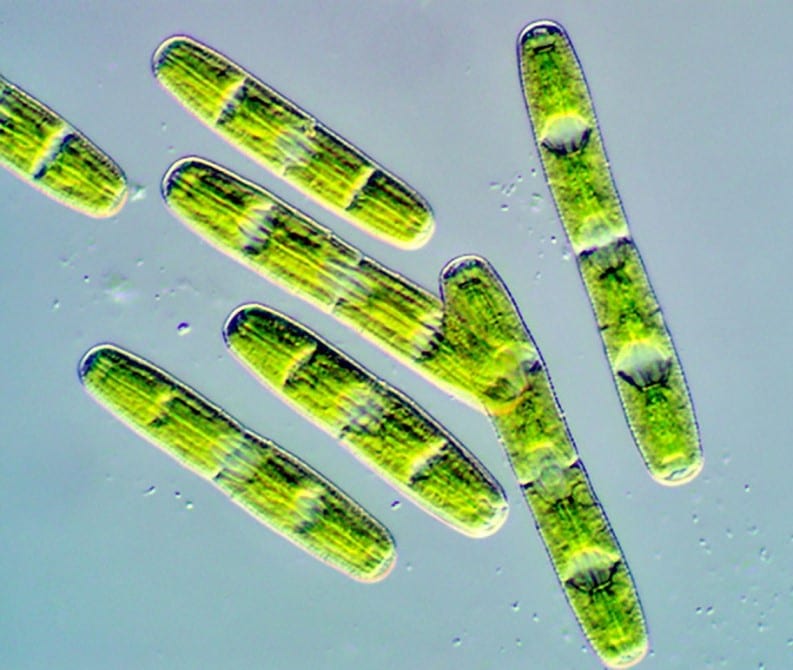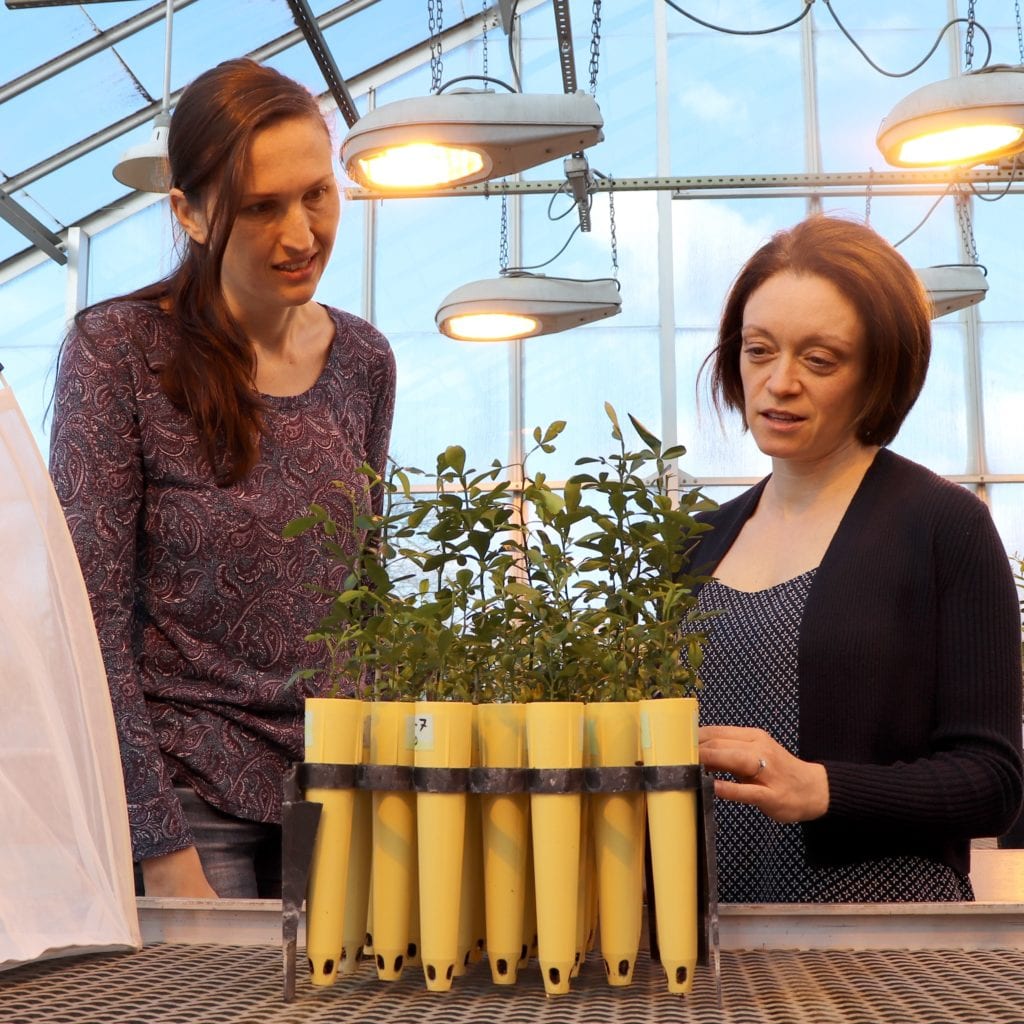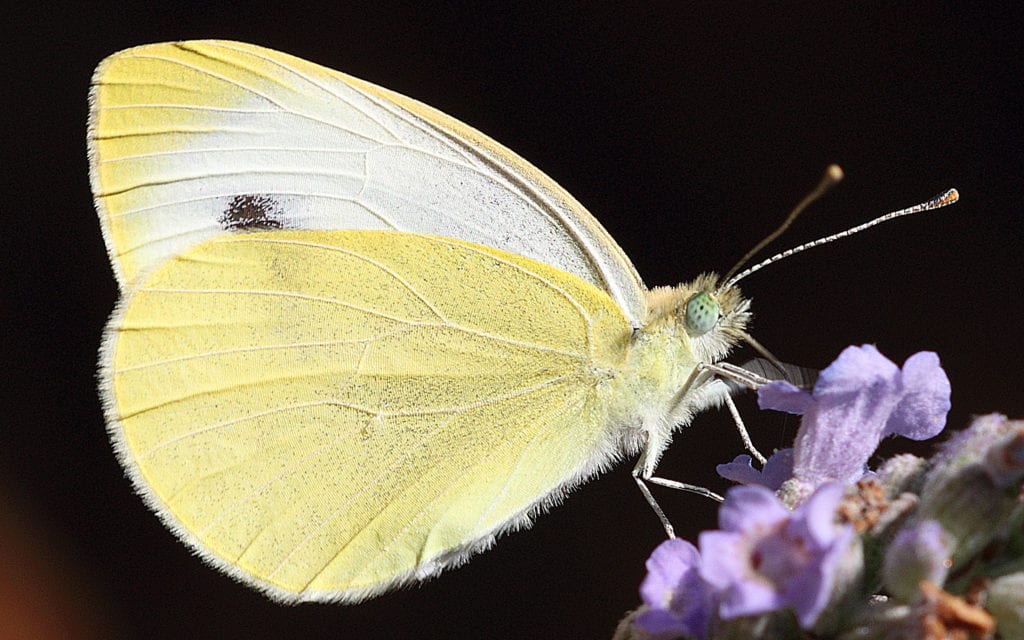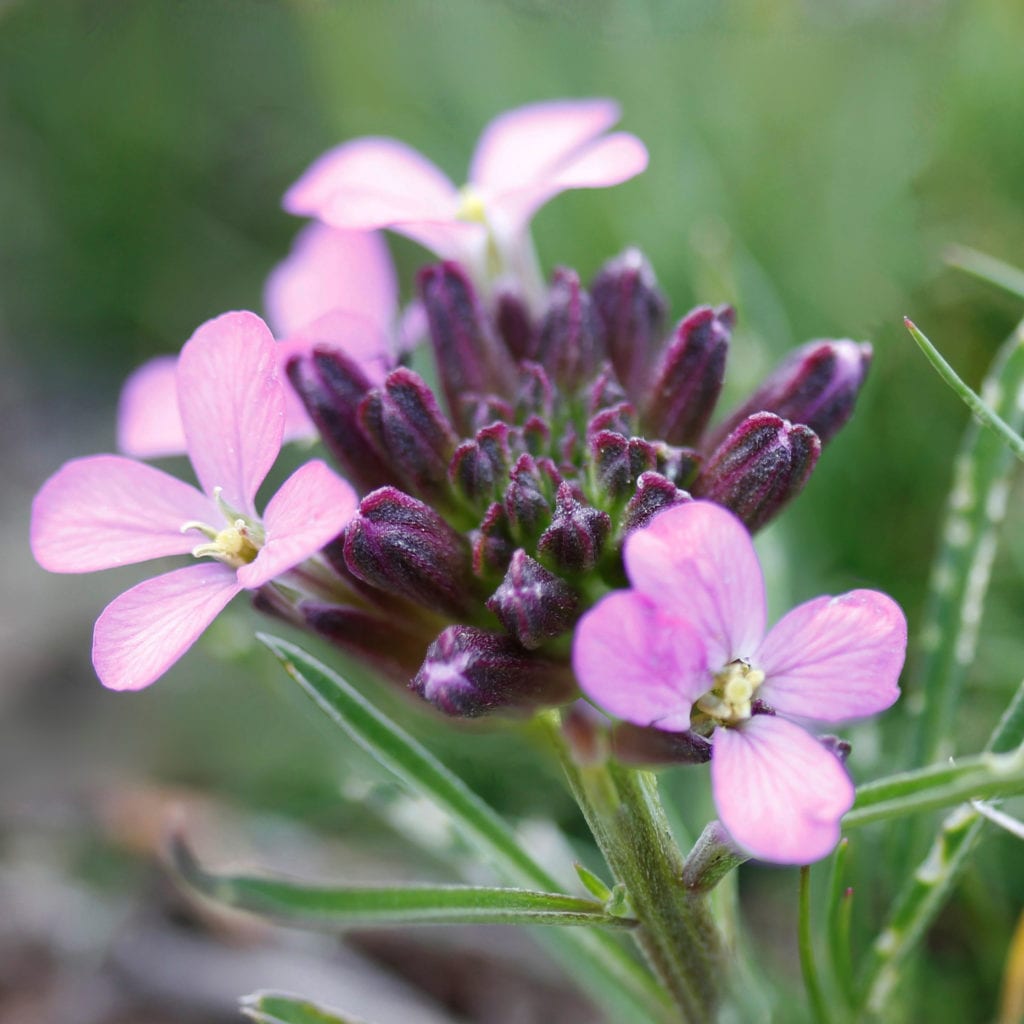Summer Intern Blog Weeks 3 & 4: Demystifying Grad School
For a long time, I’ve avoided thinking about grad school. It’s not too hard to do at my small, undergrad-only college. During my first few years, it simply didn’t seem relevant. I was focused on athletics, classwork, and research. Graduate studies seemed like a...
Ascribe Bioscience receives $750,000.00 SBIR Phase II award from NSF
Congrats to Ascribe Bioscience for being awarded a $750,000.00 SBIR Phase II award from NSF. The proposed project seeks to develop a novel control for plant pathogens by leveraging a class of small, naturally occurring molecules that elicit specific immune...
Summer Intern Blog Weeks 1 & 2: Why I Want to be Like a Grafted Tomato
On March 3, I thought I knew what my summer would be like. I had just been accepted into BTI’s summer Research Experience for Undergraduates (REU) program. I imagined myself in a greenhouse surrounded by vegetation and scribbling in a lab notebook. I imagined...
BTI Awarded Numerous Grants
While the past few months have disrupted all sense of normalcy, BTI researchers and staff have remained productive while working from home, or as parts of skeleton crews within the building. As the Institute uses a phased approach to slowly reopen our facilities, a...
Congratulations Spring 2020 Graduates!
We are pleased to announce that six BTI researchers received their degrees from Cornell University this spring. Congratulations to our newest alumni: Jason Hoki, Schroeder lab, PhD in Chemistry & Chemical Biology, Dissertation title: “Development of...
BTI Graduate Students Receive Schmittau-Novak Grants
We would like to congratulate five BTI graduate students who are Spring 2020 Schmittau-Novak Grants Program recipients. Supported by a bequest from the estate of Jean Schmittau in honor of Joseph Novak, Cornell University Plant Biology Professor Emeritus, the...
Algal genome provides insights into first land plants
In order to shift from water to land – a transition that still puzzles scientists – plants had to protect themselves from drying out and from ultraviolet (UV) radiation, and they had to develop structures to support themselves without the buoyancy provided by...
Harnessing Psyllid Peptides to Fight Citrus Greening Disease
Citrus greening disease, also called huanglongbing (HLB), is a bacterial infection of citrus trees that results in small, misshapen and sour fruits that are unsuitable for consumption, ultimately killing the tree. Because there is no cure, HLB is a major threat to...
Wallflowers and the Butterflies that Don’t Love Them
Alan Renwick’s research on the wormseed wallflower began in the 1980s, after a chance meeting with Tufts University professor Frances Chew at a Gordon conference. “I had decided to work on cabbage pests, because Ithaca is in a cabbage-growing area,” Renwick said....
Wallflowers Could Lead to New Drugs
Plant-derived chemicals called cardenolides have long been used to treat heart disease, and have shown potential as cancer therapies. But the compounds are very toxic, making it difficult for doctors to prescribe a dose that works without harming the patient. For...



